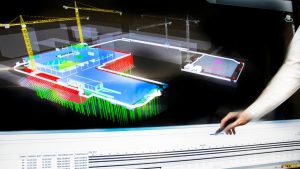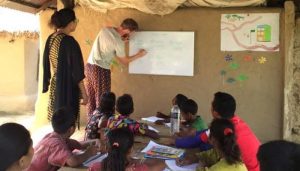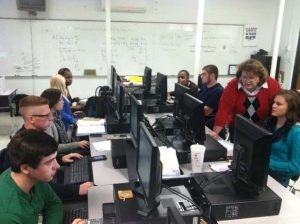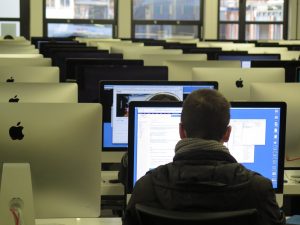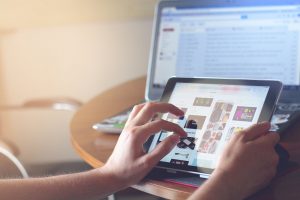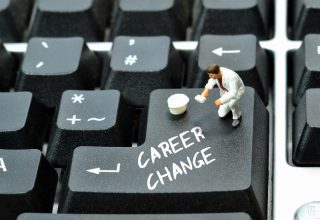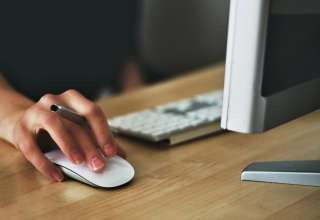Like every other aspect of human life, education has been greatly influenced by the technological revolution in the last few decades. Expanding the teaching techniques from the linear textual approach to a versatile student-centered active learning process, technology is offering more and more digitalization in all teaching tools and methods. Multimedia classrooms are becoming more than just teachers and students and in the same pattern, there are continuous developments and new approaches to help technology contribute more to developing education. Here are 8 ways how technology is practically improving education in real-time:
1. Digital Models And Simulations
The traditional demonstrative approach has been quite successful in making pupils understand concepts like the earth’s circular motion or how vibrations make a sound in a tuning fork. However, to demonstrate the exact model of the continuous motion of the sun, moon, and earth and eclipses are much easier to make up in a digital format. Moving sound wave or prism effect, molecular mixing, relativity or sub-atomic behavior can be made easily understandable to high schoolers using computer simulations. You will possibly find models and simulations for all kinds of math, science topics relevant to child education.
2.Learning Has Become Global
Distant learning may be the most benefited part of the technological revolution in the context of education. One may easily use online tools like video conferencing to learn a foreign language from a native speaker living in that foreign land. Social media platforms are making cultural interactions more flexible and widespread, which in turn contributes to global education too. All these would take a travel bill in absence of modern information technology.
3. Virtual Maths Lab
I am not talking about hardcore scientific tools available online like MatLab, RStudio, or Mathematica, which themselves are a great advancement in making the scientific calculation, statistical analysis, etc. much handy and friendly, rather the simple models of addition and subtraction for preschoolers and children have their own contribution in advancing education. Students get a strong sense of the power of mathematics by playing with the very simple codes or even cartoons and games, this virtual math-world can become like a theme ride for children with proper touch and tuning.
4. Educational Games
Now a day’s games are designed to make children play an adult constructive role as a city planner, journalist, scientist, or even as a prime minister. These allow the children and students to engage their minds with solving real-time problems and can help mental maturity if nurtured in a controlled way. Simulations of these kinds may help develop real-world skills, which was pretty tough in the classroom setup, Also technologies show us the new ways to use some traditional learning tools like printable and electronic worksheets which you can use now on tablets or smartphones within or without the specific Apps.
5. Electronic Books
E-books are becoming the central part of modern education. In the traditional format, textbooks are no less a burden than an education tool for early schoolers and even for the elders too. Carrying a big bag full of textbooks and home-works is becoming more and more questionable in the face of book-free digital education of the modern age. A textbook as a pdf file in a lightweight tablet is way more portable and at the same time allows more versatility in using more resources than a single book.
6. Multimedia Classrooms
The use of multimedia in the classroom has been a revolution in itself. This has changed the classical lecture-oriented class education, to a more participatory, active, and interesting technique to engage the student-minds to the learning topic. Learning outcomes can easily be achieved using a Powerpoint demonstration or playing a small YouTube video may be more effective than a whole 40 minutes lecture. There are many different modes of multimedia use, plan well for the learning topic at hand and select the best mode – a teacher would be way more relaxed and stress-free in that way. Assignments can be paper-free and become more extra-curricular in the multimedia setup widening the scope of brainstorming and active learning.
7. Digital Mode Of Continuous Assessment
Model, simulations, multimedia are not only helping in enriching teaching techniques but also the digital assessment methods can be more effective and efficient compared to classical manual processes. Maintaining score rubrics, simply as a Microsoft Excell sheet, can greatly improve the assessment process by helping avoid human biases. The assessment procedure itself can be diversified and allow a richer picture of how students are internalizing the learning topics.
8. Mobile Apps
These days there are so many educational apps available for students of different levels. These days, students can access the best study app on their iPhones. On the other hand, Android users can access top Google play education app on their phones. There are so many free apps available for students as well. Say, for example, free learning history app is very popular among students. Overall, these education apps can help students find solutions to all their study-related problems.

